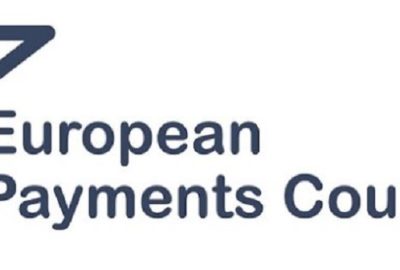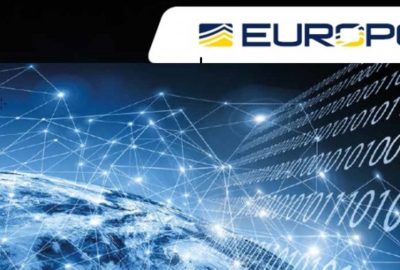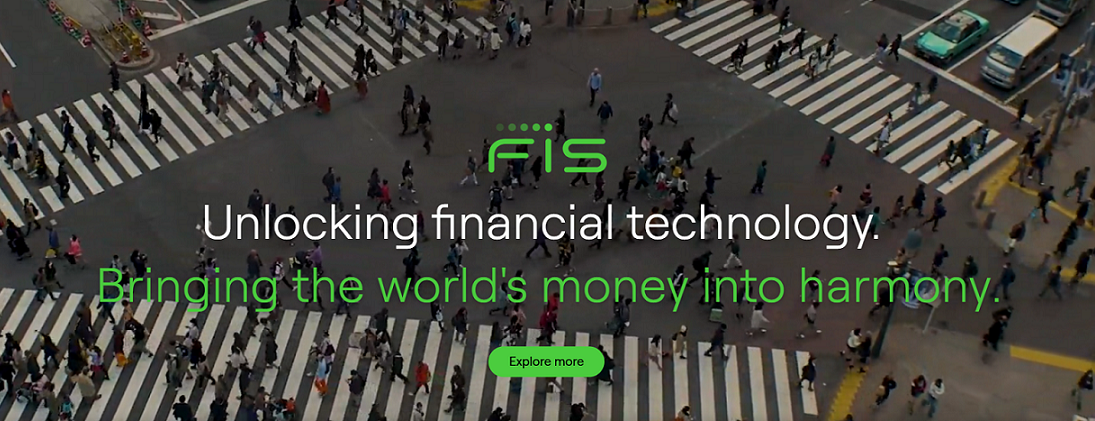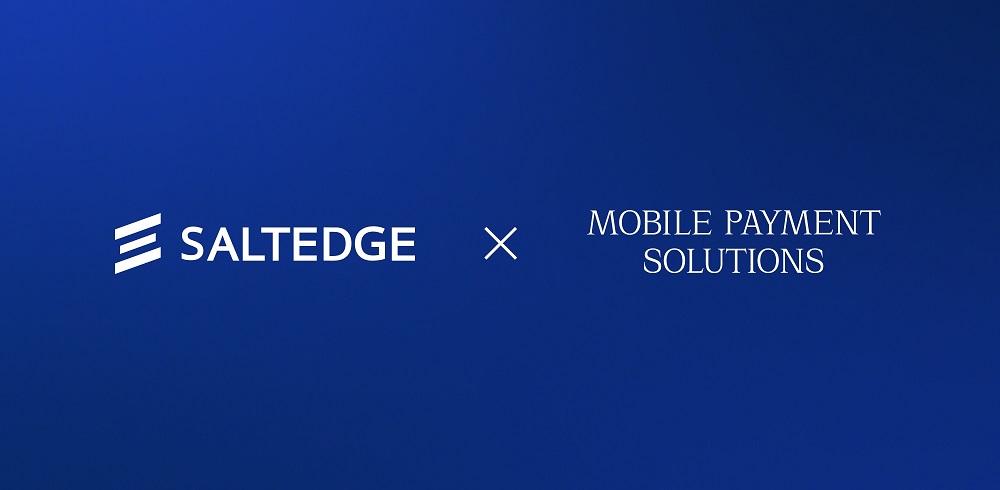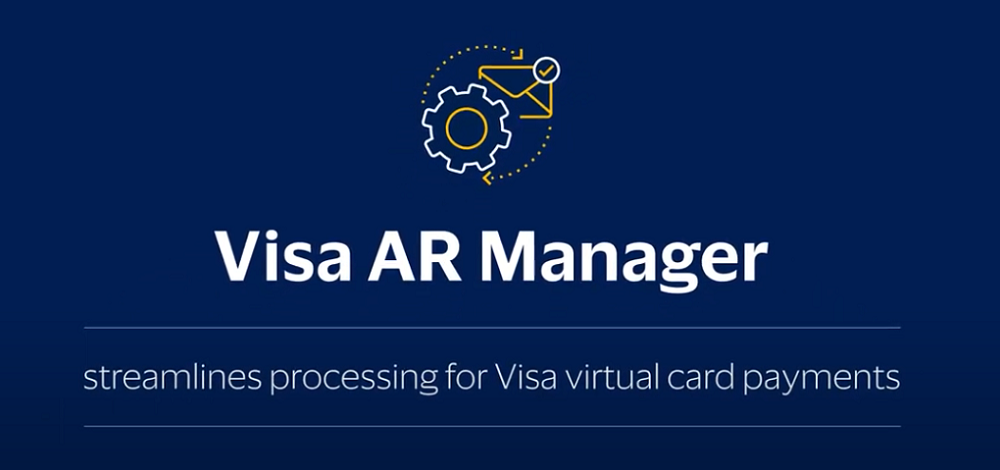Dracula’s call: navigating open finance regulation and generative AI in banking
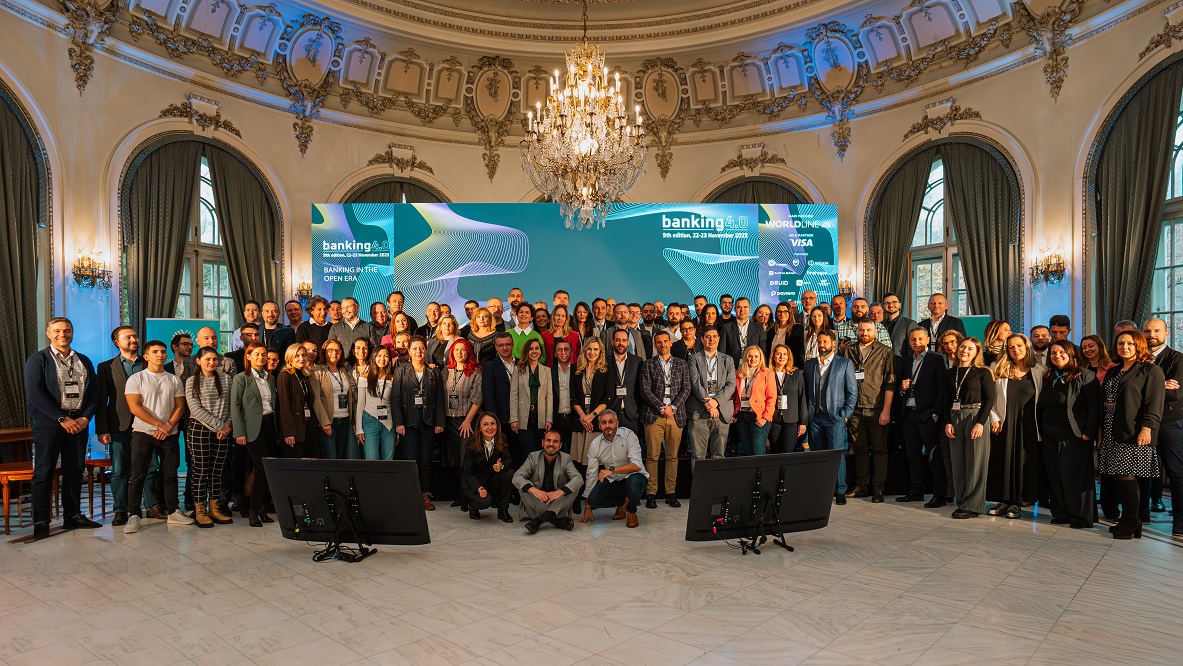
an article written by Editor: Mirela Ciobanu, lead editor at The Paypers
The Banking 4.0 event in a nutshell
What do open finance, cloud computing, AI, and Dracula have in common? Banking 4.0 – an insightful event that happened in Sinaia Romania, where people from all over Europe met to talk about the latest developments in terms of technology (generative AI, cloud banking, APIs, quantum cryptography, etc.), regulation (PSD3, PSR, FIDA, eIDAS 2.0), banking (lending uses cases, credit scoring, bank deposits tokenization, etc.), payment trends (instant payments, CBDCs, the digital euro, A2A payments, digital wallets, etc.), and payment orchestration.
Amidst the ongoing discussions on exceptional user experiences in banking, I must highlight that the event’s host provided a fully embedded experience. They seamlessly integrated presentations and discussions on local banking, finance, and payments with visits to iconic Romanian historical sites and a taste of the local culinary delights. Our experiences included sparkling wine tasting at a winery in Azuga – Rhein, visits to Peles and Bran Castles, and savouring traditional foods and funeral cakes.
Generative AI in banking – the good, the bad, the controversial?
With digitalisation, troves of data are generated each moment and like any other industry, financial services aim to capture all and interpret it to best organise their operations and serve their customers. Some specific applications of AI in banking include solutions servicing internal employees and customers. This technology can help employees generate faster answers/solutions in customer-facing interactions by going quicker via documents. Regarding internal operations and compliance, AI can reduce employees’ work, as they no longer have to manually sort through, analyse, and sign off on various financial documents and applications which traditionally took a lot of time and money.
On the customer service side, AI-based chatbots can provide human-like customer support 24/7 (in different languages), answer customer inquiries, provide updates on balances, initiate transfers, and update profile information.
Though not a new application, AI is used by financial institutions to calculate risk scores. Instead of relying on traditional credit score elements to determine creditworthiness, banks can use AI and big data to analyse vast amounts of data from multiple sources and create a more holistic financial picture of loan applicants.
One of the most important uses of AI in financial services is preventing fraud. Financial institutions can use it to track location, the operating device and system, and other data related to a specific transaction. It can then flag any anomalies or behaviour that doesn’t fit expected patterns.
However, we need to clarify some technical aspects. To provide personalised experiences, algorithms must be trained on customers’ financial goals, risk profiles, income levels, and spending habits. Additionally, when users seek advice or specific results from AI, they should provide as much information as possible. Large Language Models (LLMs) can sometimes ‘hallucinate’ and fill in conclusions when information is missing, potentially producing incorrect results if fed with poor or incomplete data.
It can be biased; bias emerges when the generative AI attributes specific characteristics or behaviours to an entire group based on the actions of a few individuals. For example, the AI might associate negative attributes with specific ethnicities or genders, perpetuating harmful generalisations and prejudices.
It can be used for deep fakes. Deepfakes involve using AI algorithms to create realistic-looking but entirely fabricated content, such as videos or images, where *real* individuals appear to say or do things they never did. This technology, though impressive from a technical standpoint, has raised significant ethical and security concerns.
Also, generative AI should be used cautiously when dealing with sensitive customer data. It also shouldn’t be relied upon to stay compliant with different government regulations, such as the General Data Protection Regulation (GDPR) or the General Data Protection Regulation (CCPA).
I guess here lies the problem and the fear surrounding the topic of generative AI – how you train it and how does it draw its conclusions.
And as this wasn’t enough, all these developments, good and bad are happening with such a speed that you don’t know what to expect next. We are referring to OpenAI’s CEO Sam Altman fired, replaced twice, and eventually brought back, all within five days.
Overall, like my earlier story on Dracula, dependent on the interests, beliefs, and cultural background of the observer, generative AI can be used for both good and bad. Additionally, the exceptional actions of individuals often stir considerable controversy, making it challenging to promptly determine the inherent goodness or badness of one’s demeanour or actions.
And now – on Europe’s path to open finance (?)
In recounting the history of Vlad Țepeș, we found ourselves in the year 1448, a period marked by conflicts throughout Europe. Leap forward six centuries, and it appears that Europe has developed approaches to addressing some of the challenges concerning the equitable distribution of value among market participants.
The emphasis now is on incentivising them to enhance their services offered to the end consumer, particularly in the realm of payments. On the Banking 4.0 stage Arturo Gonzales Mac Dowell, European Third-Party Providers Association, Vice-chair / Asociación, revealed achievements, benefits, and future goals of the SEPA Payment Account Access (SPAA) Scheme. In a nutshell, the main objective of SPAA is the exchange of payment-related transaction assets and data assets based on the PSD2 Open Banking principles with a fair distribution of value and risk amongst the scheme participants. The SPAA scheme introduces optional premium API-based services, that go beyond the requirements of PSD2, such as multiple payments, payment certainty mechanisms, e-mandates, and future-dated and dynamic recurring payments, and provide additional revenue opportunities for banks.
The idea of openness and collaboration was stressed by Panagiotis Kriaris, Commercial Director – Head of Business Development Unzer. Panagiotis explained how the famous PSD2 established Open Banking and gradually via FIDA (Financial Data Access Framework) we transitioned to Open Finance through democratising (through regulation) access to data so that innovation can be built on top as an additional layer. It’s important to note that although FIDA will be driving Europe’s transition to Open Finance, this will be done in conjunction with PSD3, as there is a high degree of complementarity between the two: both foster the opening of choice and control of customers over their financial data.
Raluca Micu, National Bank of Romania, Head of Payments Oversight Division, gave an overview of the Romanian Open Banking landscape. Raluca highlighted a shift in the banking mindset, viewing PSD2 as an opportunity rather than mere compliance.
In conclusion, the banking sector has embarked on a transformative journey, moving closer to full digitisation (not digitalisation, which is replicating what we have in the physical world, but a complete transformation of the physical world in the digital space). The integration of AI and technology is a pivotal aspect of this evolution, but the industry must stay vigilant on its deployment which needs to be aligned with genuine needs and problem-solving. As the financial sector reinvents itself, a strategic and mindful approach ensures that technological advancements contribute meaningfully to the ongoing digitisation process.
Our narrative would be incomplete without expressing our gratitude to No Cash for curating an event brimming with exceptional content. Beyond the realms of banking and payments, the event also delved into the rich tapestry of Romanian history, offering a blend of enjoyment and valuable networking opportunities. Congratulations on orchestrating a remarkable event, and we eagerly anticipate returning in 2024.
The article in full here
Dariusz Mazurkiewicz – CEO at BLIK Polish Payment Standard
Banking 4.0 – „how was the experience for you”
„To be honest I think that Sinaia, your conference, is much better then Davos.”
Many more interesting quotes in the video below:
